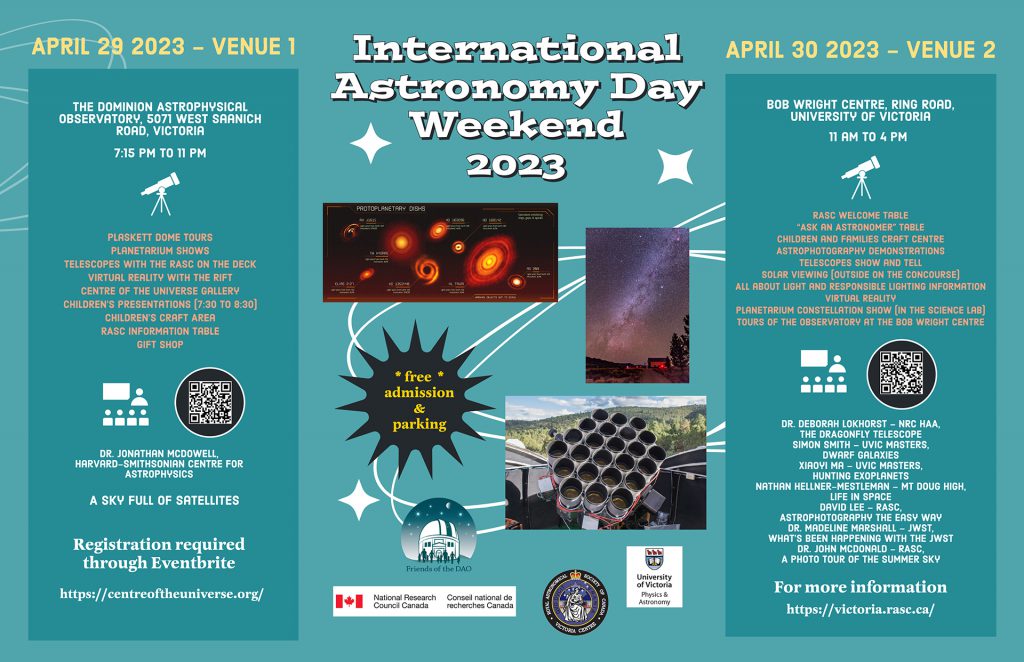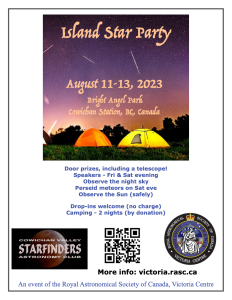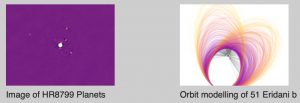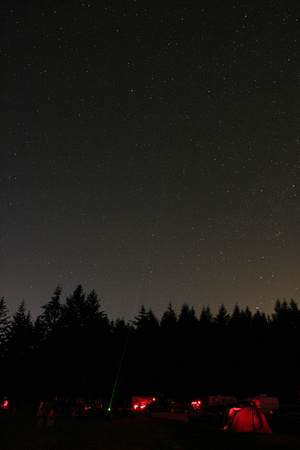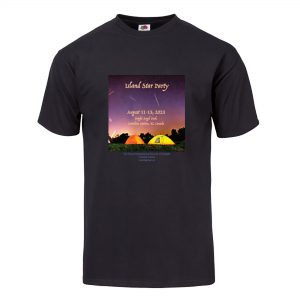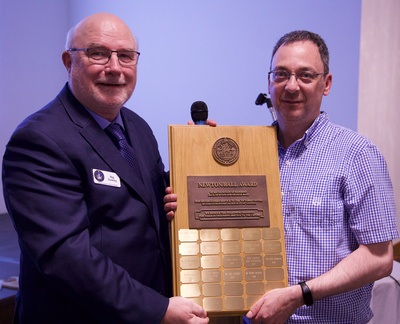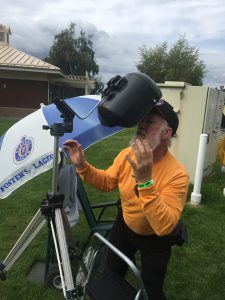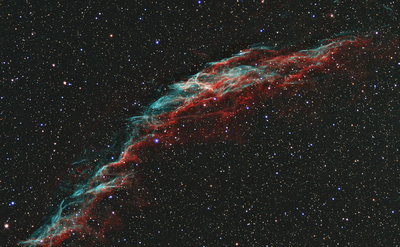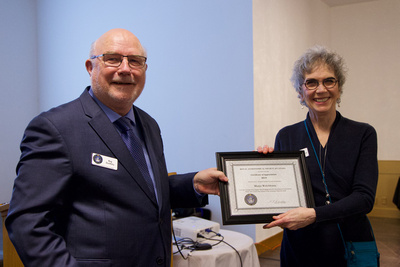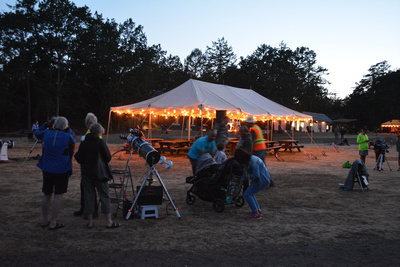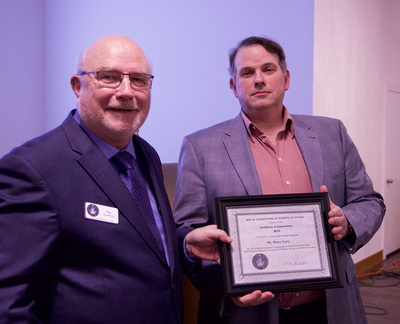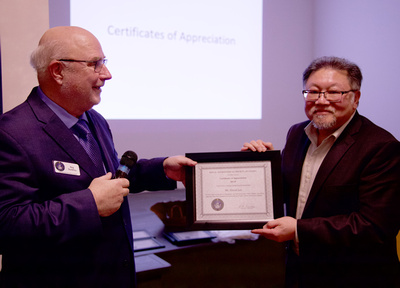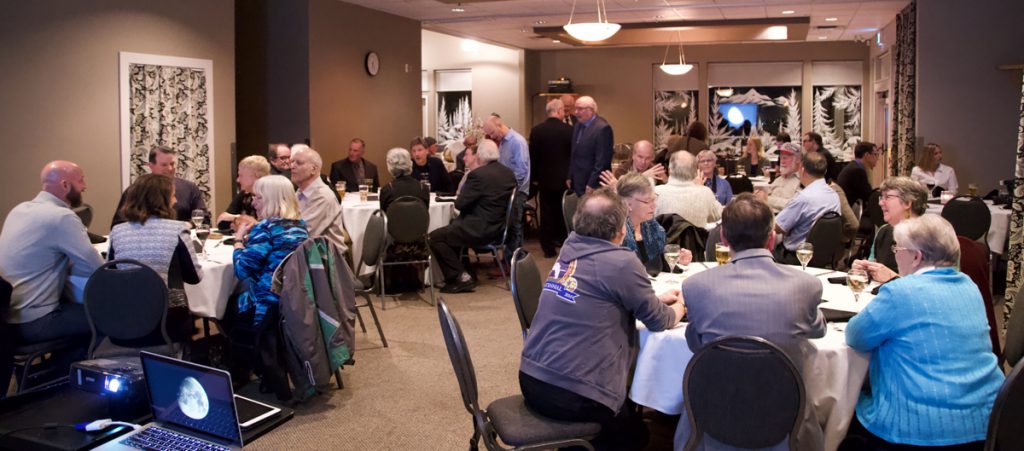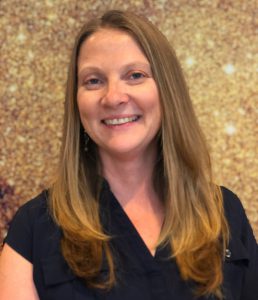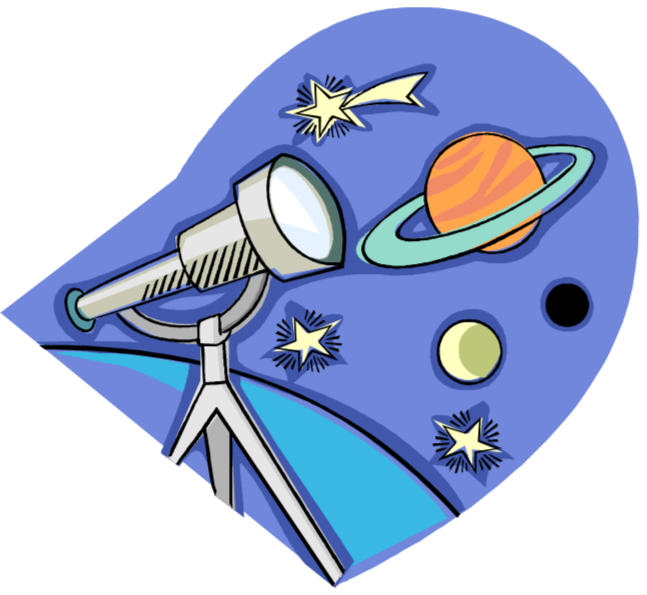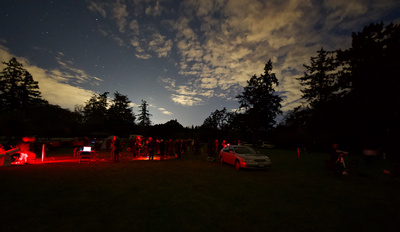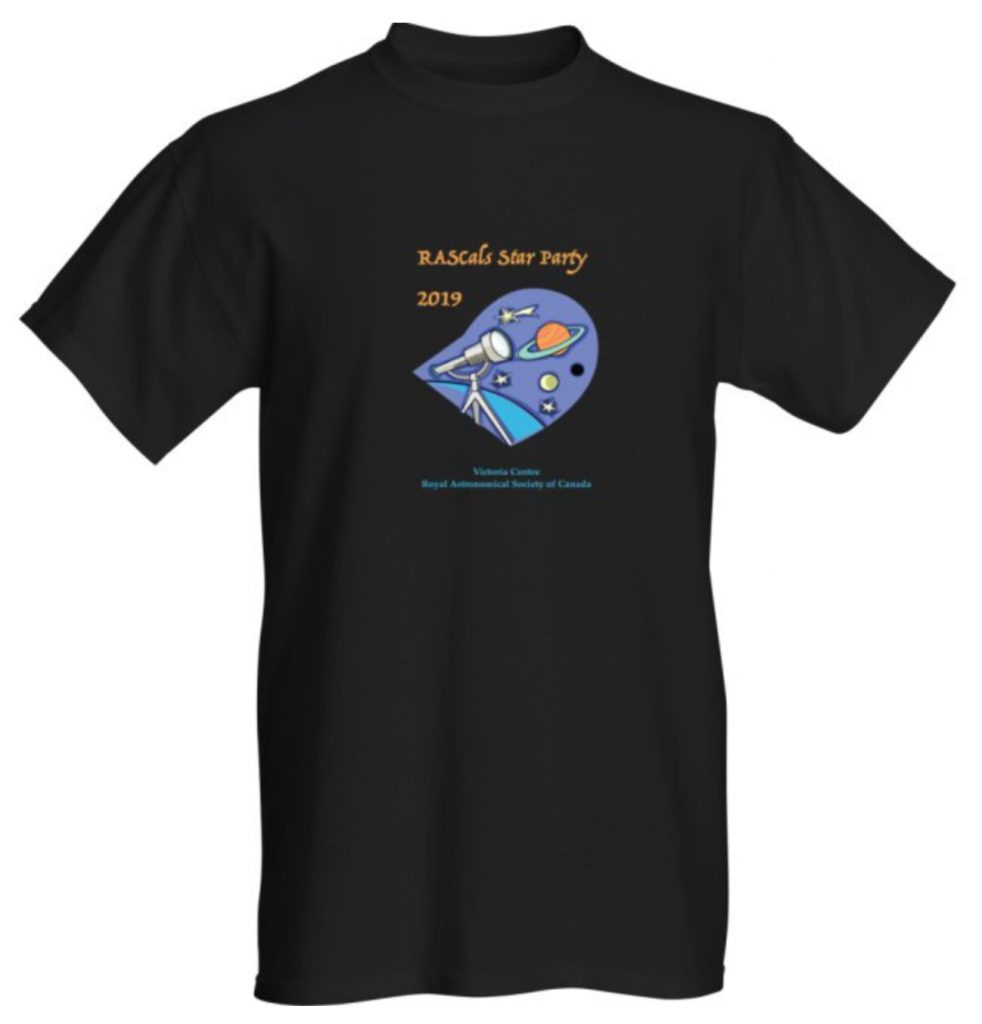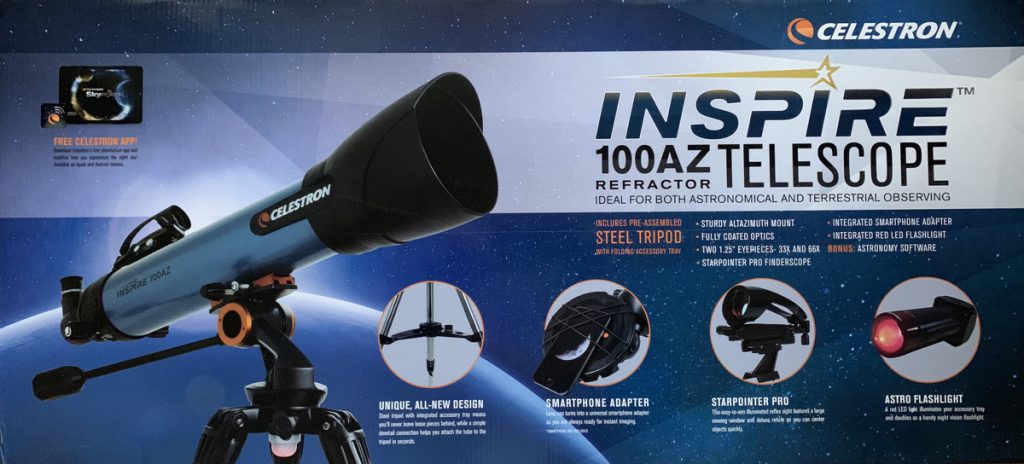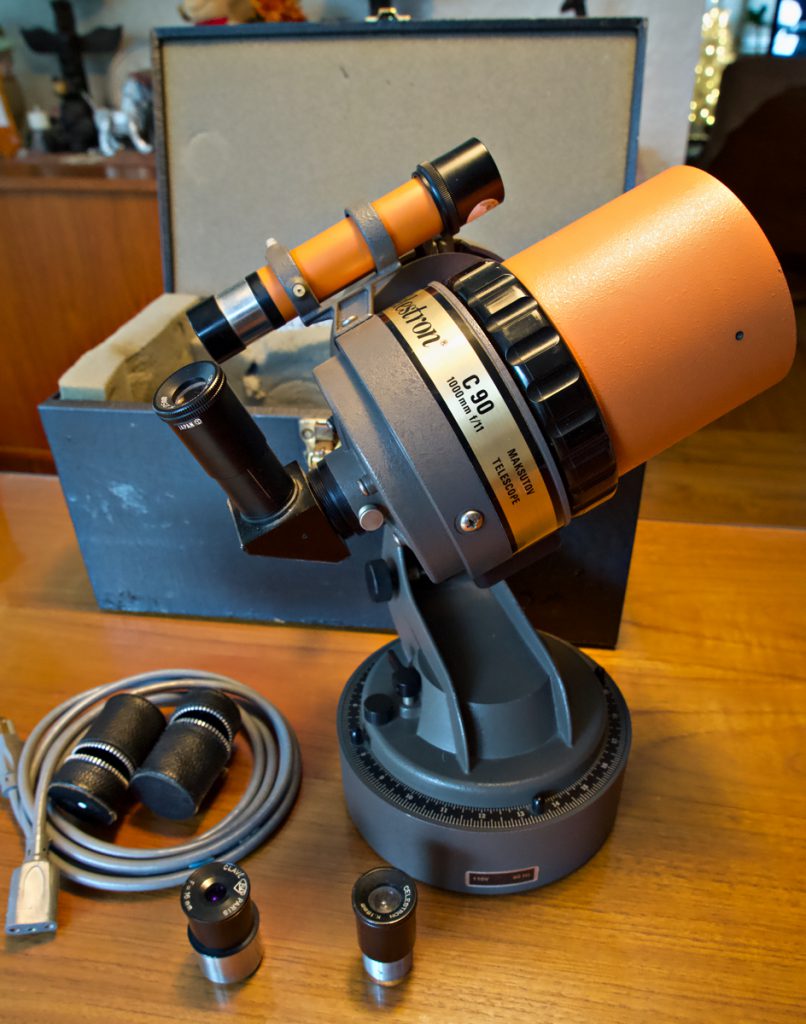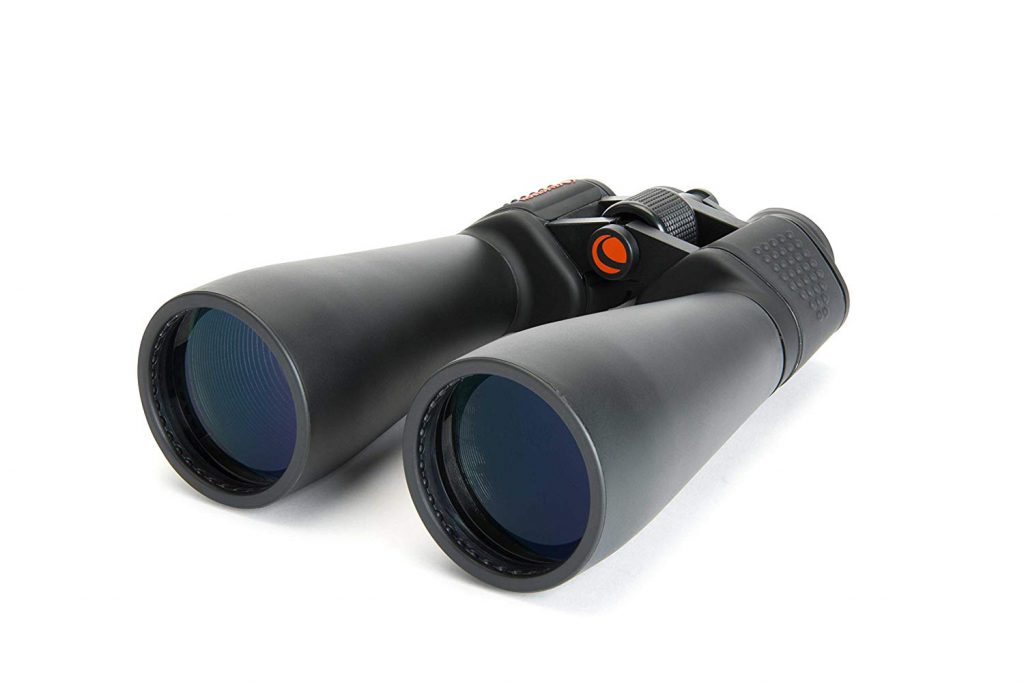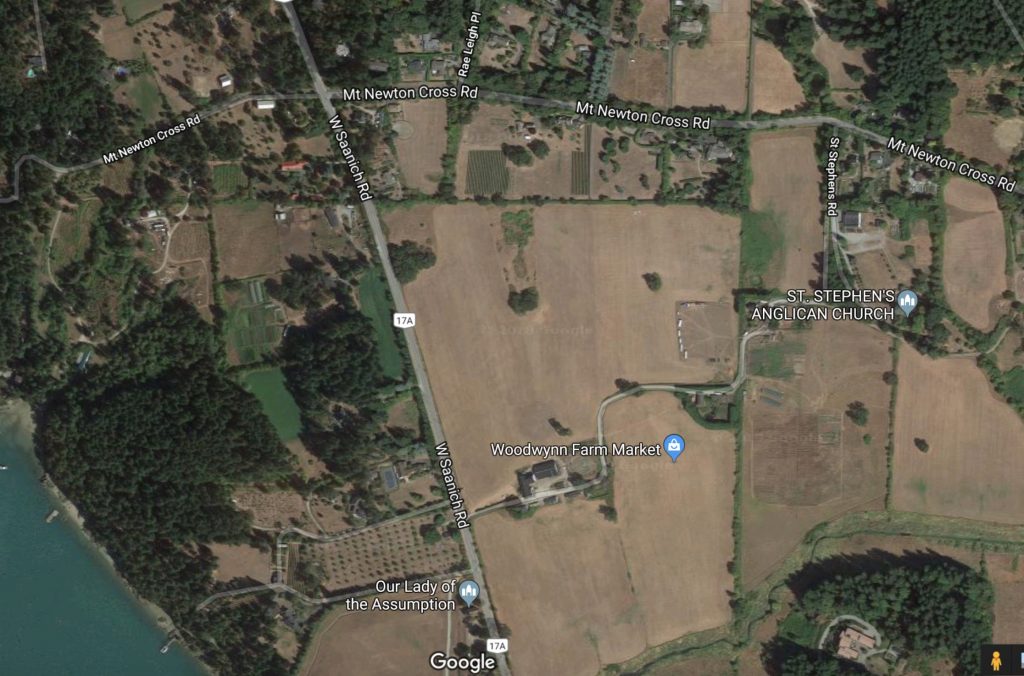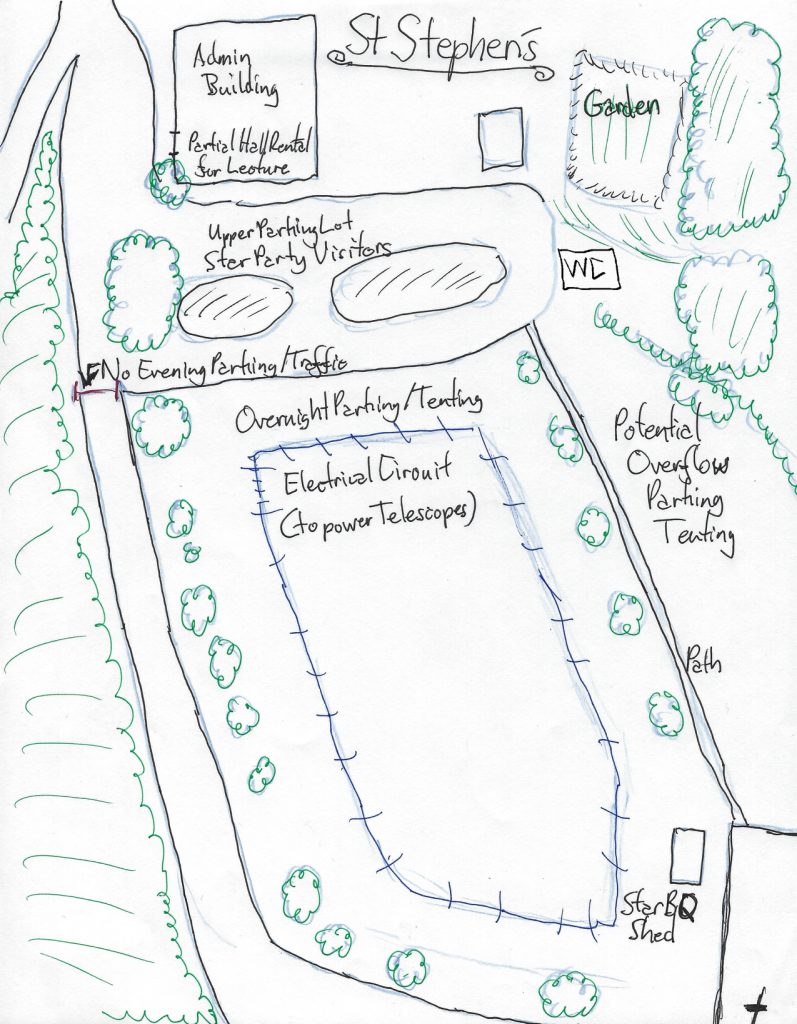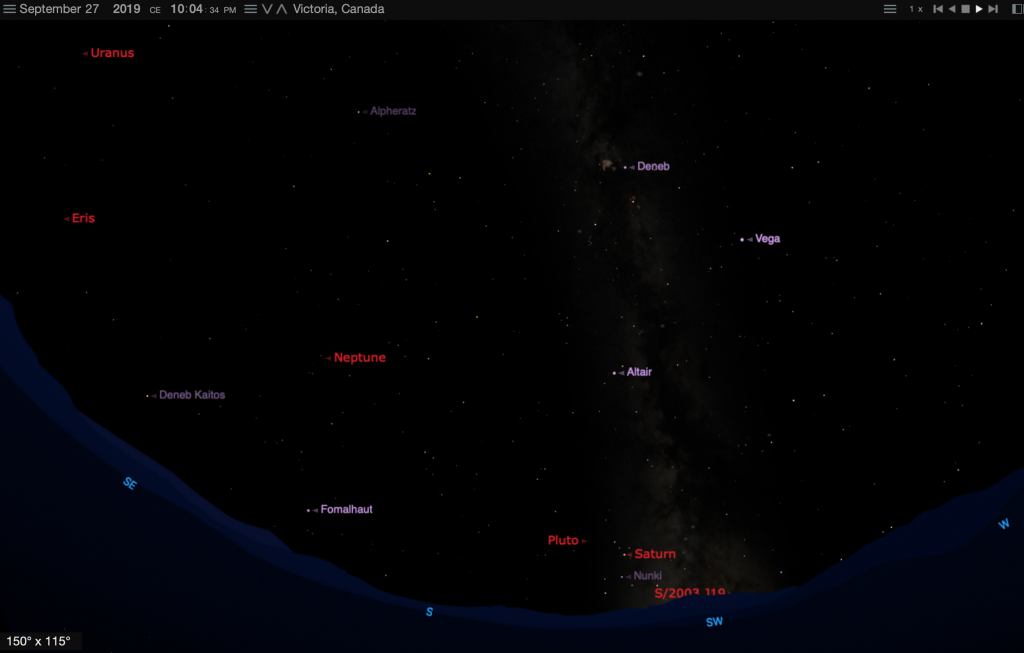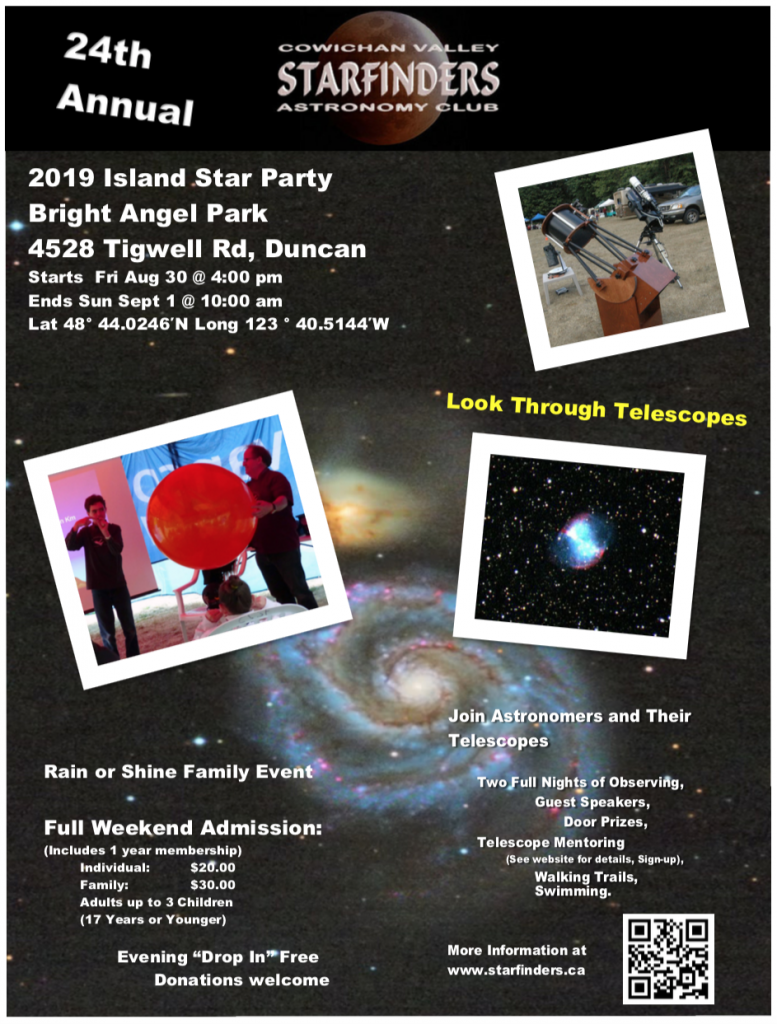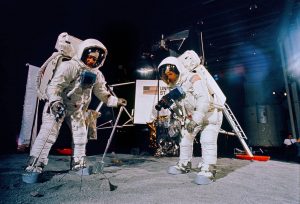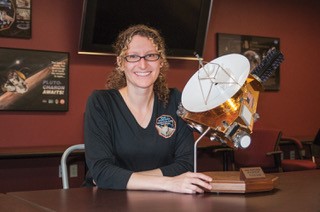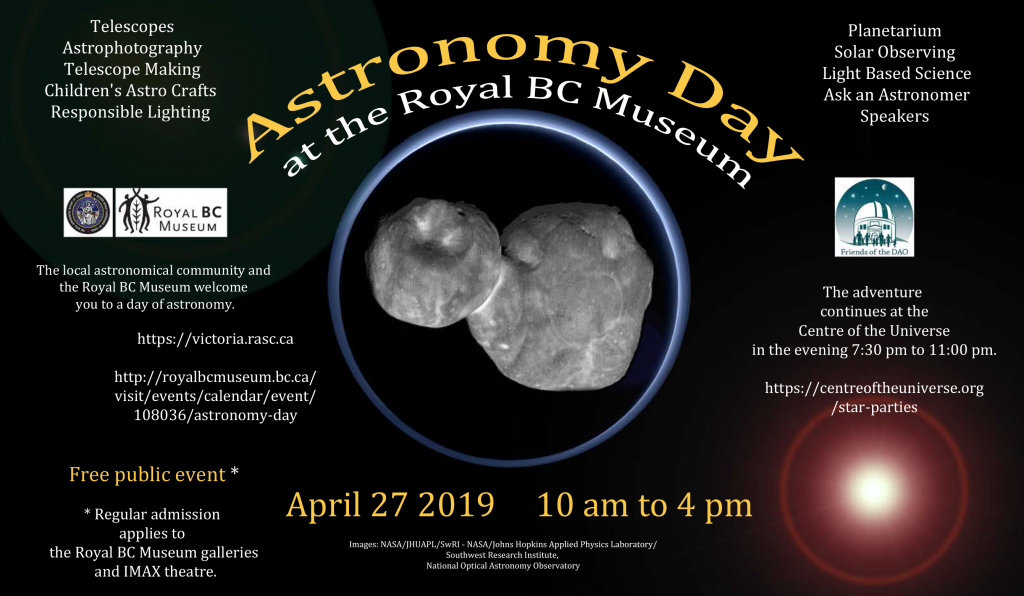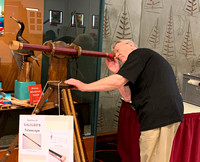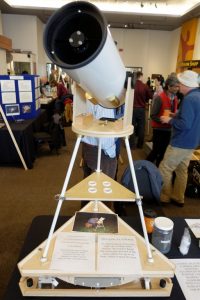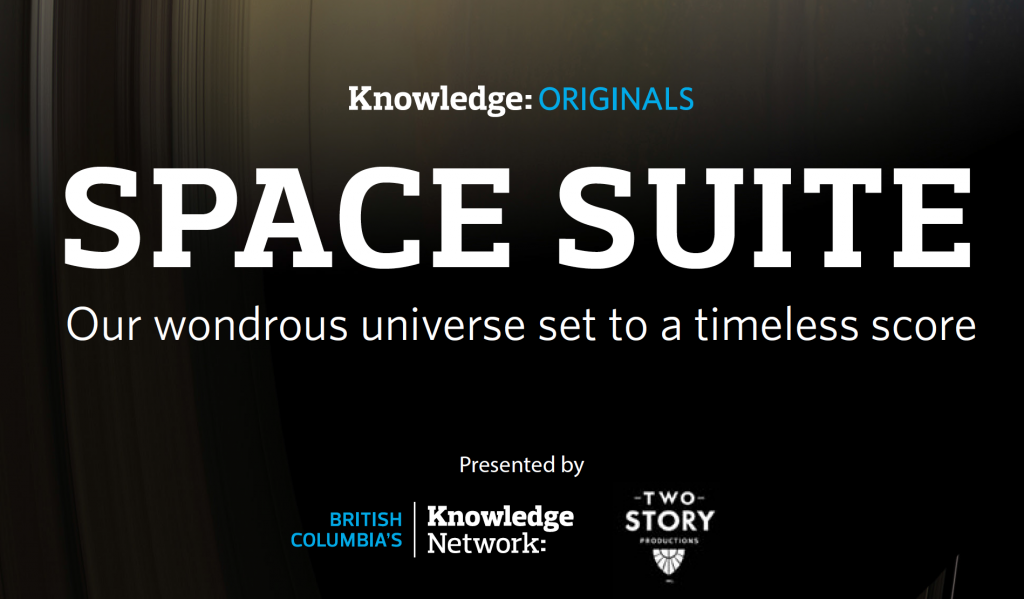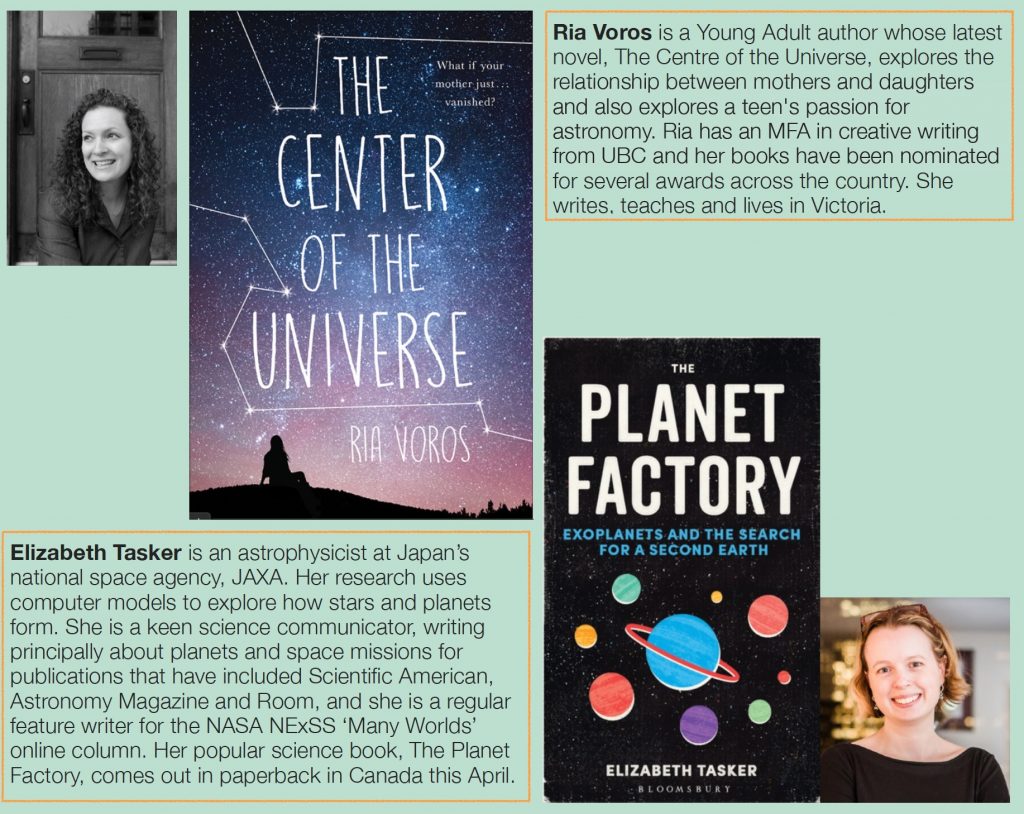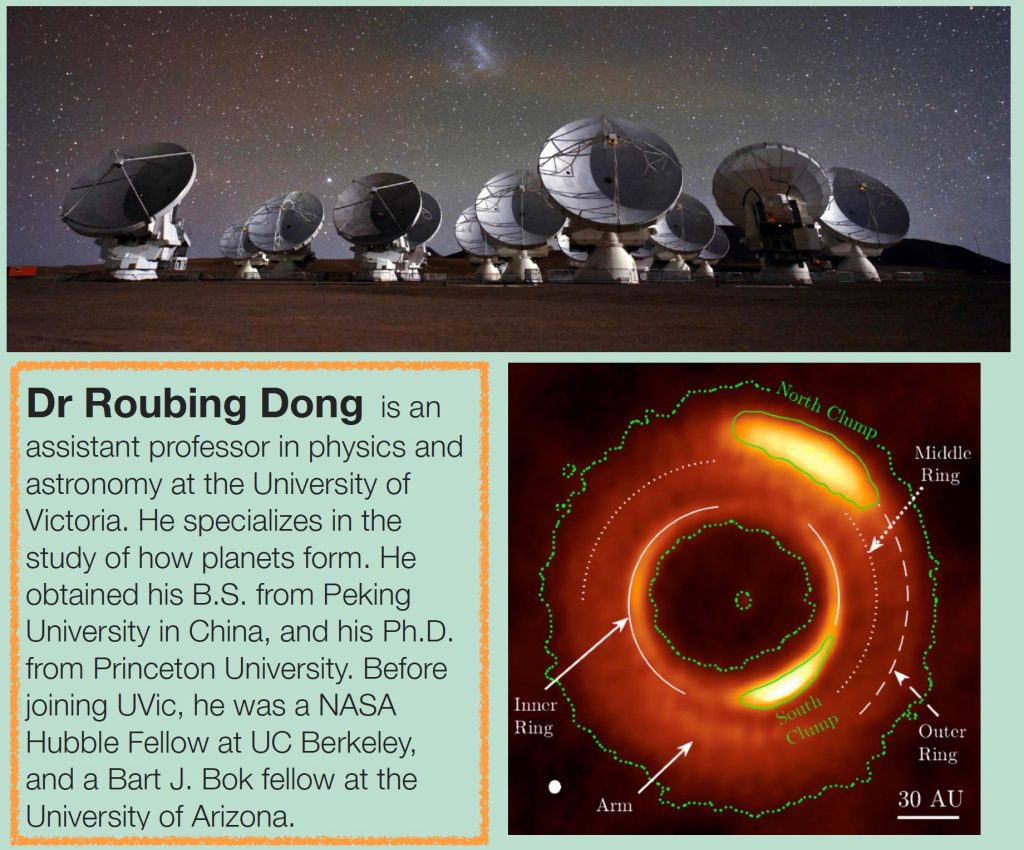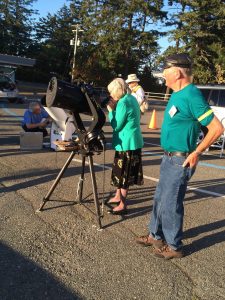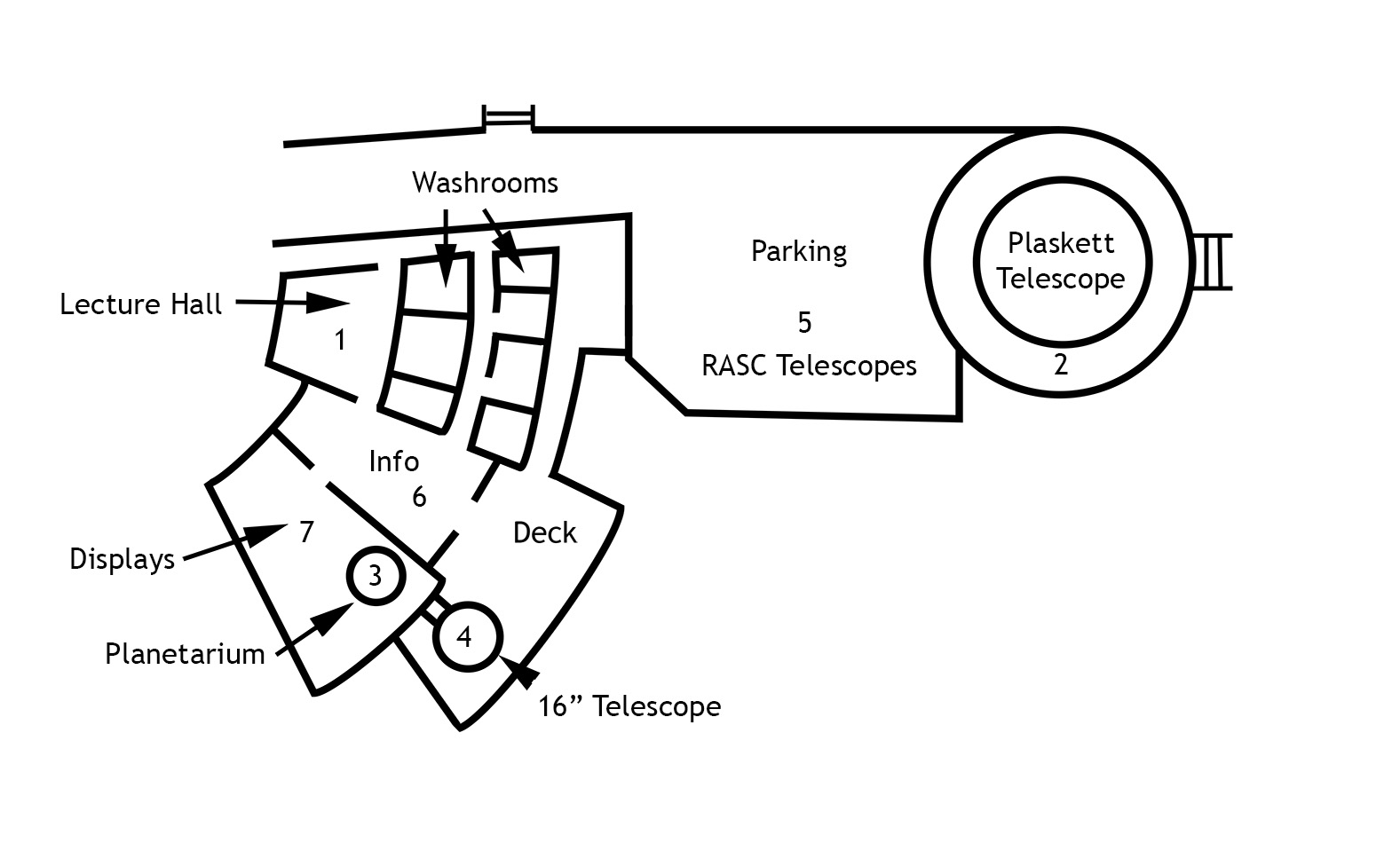Time: 7:15 pm to 10:45 pm
The Friends of the Dominion Astrophysical Observatory (FDAO) and RASC Victoria Centre will be hosting twenty Saturday evenings at the DAO, featuring guest speakers, solar and nighttime observing with telescopes provided by RASC Victoria Centre volunteers, tours of the historic Plaskett telescope, and more! Rain or shine, we will have something for everyone to experience.
Dates begin with International Astronomy Day on April 27th . Here are all the dates:
- April 27th
- May 4th, 11th, 18th and 25th
- June 1st, 8th, 15th, 22nd and 29th
- July 6th, 13th, 20th and 27th
- August 3rd, 10th, 17th, 24th and 31st
- September 7th
Saturday Star Parties at the DAO run every Saturday evening from April 27th to September 7th To enhance your experience please note the following venues before you arrive. Activities are broken up into seven main areas,
- Lecture Hall – This season we have a full slate of topical presentations from the astronomy community which includes researchers, authors and passionate amateurs. There are possibilities of surprise guest speakers. Come early most presentations start at 8:30 p.m. and some though not all repeat in the evening.
- Plaskett Dome – The dome is a heritage site, and not to be missed. Tours are approximately 30-45 minutes long and start at 7:45 p.m. (30 min) Two other tours start at 8:45 p.m. (45 min) and 9:30 p.m. (45 min). Special Kids Tour 8:15 p.m. (30 min)
- Planetarium – Planetarium shows run 6 times during the evening and are approximately 30 minutes in length. Come inside and learn about the constellations, and even a little sky lore!
- 16” Telescope – This research-grade telescope was originally located on Mt Kobau near Osoyoos for site testing towards potentially building an observatory there. It was then moved here to the DAO, and then from another area on the DAO property to this site when the Centre of the Universe building was constructed in the early 1990s. It is now available for viewing “live” through an eyepiece. The telescope is open subject to weather conditions on many of the Saturday nights.
- RASC Member Telescopes – Royal Astronomical Society of Canada members have been long standing participants at Saturdays nights at the DAO for nearly 100 years. Weather permitting, members will take you on a telescopic tour of the evening sky.
- Information Area – There are volunteers available to help you with your evening visit and if you’re interested they can let you know how you can get involved in astronomy activities in Victoria. Kid friendly programming is available in this same area. FIRST Robotics BC will be in attendance several times during the summer.
- Interpretive Centre Displays – The displays from the former interpretive centre show Canada’s role in astronomy and contain a number of historical artifacts of interest. This year the displays will be enhanced with the addition of new kiosks that will feature Knowledge Network’s Space Suite series and other programming. Stay tuned for their debut.
Saturday Star Parties at the DAO 2019 Presentations
Saturdays’ Children’s Programmes
7:45 – 8:00 p.m. “Out of this World” Interactive Presentation – Auditorium
8:00 – 8:15 p.m. “Stories in the Skies” – Planetarium
8:15 – 8:45 p.m. “Meet the Telescope” Tour – Plaskett Dome
8:45 – 9:30 p.m. Children’s Activities – Information Area
- Make and Take Craft Tables
- Family Scavenger Hunt
- IPad Interactives
- Night Sky Viewing
Speakers
April 27th 2019 – 8:30pm repeats at 9:30pm
Science & Storytelling: How discoveries of new worlds help tell stories of family – Elizabeth Tasker and Ria Voros
Abstract:
Ria and Elizabeth seem to be authors of a very different type: Ria is a “Young Adult” novelist, while Elizabeth writes popular science. The first part of this talk will tackle a crucial question: why are they presenting together? The two authors will discuss how they came to work together unexpectedly through Ria’s novel. Ria will then explain the process and research for her novel, The Centre of the Universe and how the use of space metaphors help explain relationships between the characters. Elizabeth will then cast a scientific eye over these same metaphors, before moving on to talk in more depth about her own research and book, The Planet Factory.
Bio:
Elizabeth Tasker is an Astrophysicist at the Institute for Space and Astronautical Science at the Japan Aerospace Exploration Agency. Her forthcoming popular science book is “The Planet Factory”, on planet formation and exoplanets. The updated paperback edition comes out in Canada late April. https://tinyurl.com/ya32gxld
Ria Voros is a local Young Adult novelist whose forthcoming book is coincidentally titled “The Centre of the Universe”. In this story 17 year old Grace’s mother is missing. Grace is obsessed with exoplanets and she meets Elizabeth a few times in the book. https://tinyurl.com/yap2rtaq
May 4th 2019 – 8:30pm repeats at 9:15pm
Why Astronomy? – Reg Dunkley President, Victoria Centre RASC
Abstract:
I will describe early influences that captivated my interest in Astronomy and examine the activities and appeal that makes this subject so compelling to the Amateur community. The merits of visual observing and photography will be debated and techniques to image planets will be briefly demonstrated. Astro images captured by Victoria Centre members will be showcased and some of recent and remarkable developments will be discussed.
Bio:
Reg Dunkley’s visit to the DAO at the age of 10 captured his imagination. He has had a life long fascination with Astronomy and after retiring as a Meteorologist he now has the time and the technology to explore the Universe.
May 11th 2019 – 8:30pm repeats at 9:15pm
Introduction to the Night Sky – David Lee
Abstract:
The night sky can be a bewildering maze of disconnected dots, flashing streaks of light and predictable events that appear just like clockwork. But most of all it is filled with mystery and beauty. Come and learn what’s up in the sky and how best to view it.
Bio:
David Lee is an avid photographer who over 20 years ago turned his camera upwards to the sky capturing astronomical images of the solar system and beyond. Through the Royal Astronomical Society of Canada he has been an advocate of astronomy and the sciences through its public outreach programs. After retiring from the Information Technology sector he is becoming even more of a tourist of the night sky.
May 18th 2019 – 8:30pm repeats at 9:15pm
Observing with Binoculars – Chris Purse
Abstract:
Using binoculars is a good way to get started in looking at the night sky in more detail. The talk with cover some observing hints and targets that work well for binoculars.
Bio:
Chris started his professional life as a teacher. He was later an educational administrator and currently a business analyst. He has been a member of RASC since 2010. He is the Victoria Centre’s current past president and membership coordinator.
May 25th 2019 – 8:30pm repeats at 9:30pm
History of the Hubble Space Telescope – Dr. Chris Gainor
President, Royal Astronomical Society of Canada
Abstract:
The Hubble Space Telescope was launched 29 years ago in 1990. After overcoming problems caused by a defective main mirror, Hubble has made discoveries that have revolutionized our view of the universe we live in. This talk will cover the history of Hubble based on a book the speaker is writing.
Bio:
Chris Gainor is a historian specializing in the history of space flight and aeronautics. He has five published books and is currently writing a history of the Hubble Space Telescope for NASA. He is President of the Royal Astronomical Society of Canada.
June 1st 2019 – 8:30pm repeats at 9:30pm
Sketching the
Cosmos
Dr. Dorothy Paul and RASC Victoria Centre Members
Abstract:
Humans have been observing and recording for over 17,000 years as evidenced by the drawings in the Lascaux Caves. Science is inherently linked to observation and recording. Today science uses digital methods for recording, is there still a reason to use analog methods like pen, pencil and paper?
This evening we learn about the motivation behind sketching astronomical objects and some of the tools used for this documentation method and artform. RASC Victoria members will be present to show sketches that they have done.
Diane Bell, Dr. Dorothy Paul, Nelson Walker
RASC Victoria Centre is part of a national organization (The Royal Astronomical Society of Canada) that is dedicated to public outreach in the sciences with an emphasis on astronomy.
June 8th 2019 – 8:30pm repeats at 9:30pm
The Bigger the Better
Lauri Roche and RASC Victoria Centre Members
Abstract:
Join us for a presentation on how the telescope developed from the early days of optical astronomy. Learn about how they work and what they are good at. There will be plenty of time for hands on demonstrations of modern examples of the telescope such as refractors, Dobsonian Newtonians and Schmidt-Cassegrains.
RASC Victoria Centre is part of a national organization (The Royal Astronomical Society of Canada) that is dedicated to public outreach in the sciences with an emphasis on astronomy.
June 15th 2019 – 8:30pm repeats at 9:30pm
Beyond the 30 Second
Barrier – Astrophotography with Star Trackers
David Lee
Abstract:
Simple astrophotography can be accomplished with short exposures up to 30 seconds on tripods. However exposures without star trailing are usually accomplished using extreme wide-angle lenses where the motion is not readily noticeable at these exposures.
Getting beyond the 30 second barrier and using longer lenses will afford the astrophotographer images of star clusters such as the Pleiades and beautiful nebula such as the North America, Orion, and Rosette Nebulas. Exposures of up to several minutes are possible allowing for more advanced processing techniques and superior detail.
Bio:
David Lee is an avid photographer who over 20 years ago turned his camera upwards to the sky capturing astronomical images of the solar system and beyond. Through the Royal Astronomical Society of Canada he has been an advocate of astronomy and the sciences through its public outreach programs. After retiring from the Information Technology sector he is becoming even more of a tourist of the night sky.
June 22nd 2019 – 8:30pm repeats at 9:30pm
The Co-evolution of
Planets and Life
Dorothy H Paul, PhD
Abstract:
Planets, like people, have finite lifespans. Planets’ lifespans are set at ‘birth’ by the mass of their sun, whereas human longevity is variable because it derives from two interacting factors, genetics (~9% contribution) and assorted external variables. How each changes with age is also partially understood, and for planets is influenced by whether or not they harbor life, a conclusion drawn from what we’ve learned so far by studying the only known planet with life! We need a larger sample size before we can begin to answer the age-old questions: Why do we reside on the 3rd of the four rocky planets of the solar system? Did terrestrial life originate here? Does (or did) life exist on any of our neighbours? If so, is (or was) it genetically related to us? Recent data from several lines of research are deepening our understanding of the earliest stages in Earth’s evolution and the appearance of life. I will highlight some of these in the context of what we might find when searching for signs of life on other planets, and how (or whether) we might recognize them.
Bio:
Dorothy Paul is a biologist and amateur astronomer. Prior to retirement from the University of Victoria, her research was in neuroscience and evolutionary neurobiology. She now spends much of her time in pursuing and sharing her interests in biology and astronomy, and when possible, with her telescope under dark skies, hunting down distant objects in and beyond our Milky Way galaxy.
June 29th 2019 8:30 and 9:30
Astronomy at Shawnigan Lake School
Nigel Mayes
Abstract:
Shawnigan Lake School is a co-educational independent boarding school located on Vancouver Island. The donation of telescopes and a mount to the school brought with it several opportunities including student participation in the Pacific Astronomy and Engineering Summit in Hilo Hawaii and the eventual construction of a campus observatory. Over the last five years, Nigel has constructed, debugged and automated the observatory. The facility is used to support curricular goals in both science and art. Special events such as eclipses and transits have brought 500 or more guests to the campus and the observatory. This has become a meaningful way in which he school connects with its community. Recently, full automation has enabled long unattended observing runs on clear nights. Student artwork created from this data is breathtaking. Future development includes supporting student research and contributing to collaborative research projects.
The presentation will touch on observatory automation and the main goals of the observatory that include: supporting the science curriculum, supporting student research and imaging projects, hosting community events, hosting the Cowichan Valley Starfinders.
Bio:
Nigel Mayes is a chemistry and robotics teacher at Shawnigan Lake School. In his 18 year career at the school he has been involved in many projects that have either supported staff or added to the student experience. He is passionate about the outdoors and he loves mountain biking, kayaking and backcountry skiing. Astronomy is a relatively new endeavor for Nigel and he is becoming a self-taught enthusiast.
July 6th 2019 – 8:30pm repeats at 9:30pm
The Voyages of Apollo
Dr. Philip Stooke
Abstract:
A
summary of the Apollo Program including its origins, steps along the way to the
Moon, the choice of landing sites and a pictorial look at each mission.
Bio:
Phil Stooke is a planetary scientist and cartographer with a PhD from UVic. He taught in the Centre for Planetary Science and Exploration at Western University in London, Ontario until his recent retirement. He has published The International Atlas of Lunar Exploration and similar books on Mars, and is currently revising his lunar atlas.
July 13th 2019 – 8:30pm repeats at 9:30pm
“Explore the Moon: My 50-Year, 30-Year, and 1-Year
Projects”
Randy Enkin
Abstract:
In 1969, at age 8, the Apollo missions motivated me to become an
astronomer. Very quickly I mastered the subject, but then over the following 50
years I mostly found out how little I know. In this presentation, I will
present my 30-year time series of lunar phase observations, and my lunar
sketches from the past year which earned me the Royal Astronomical Society of
Canada “Explore the Moon Observing Certificate” (https://www.rasc.ca/observing/explore-the-moon-observing-certificate). And you will be
introduced to “Enkin’s Daily Moon” (https://www.facebook.com/EnkinsDailyMoon/), where images of
the moon explore “the passage of time, illumination, the feminine, and
world unity”.
Bio:
Randy Enkin did not become a professional astronomer. He is a Research Scientist at the Geological Survey of Canada, working on earthquakes. He is an enthusiastic member of the Victoria Centre of the Royal Astronomical Society of Canada.
July 20th 2019 – 7:45pm to 10:45pm
The Apollo 11 Moonwalk
Dr. Chris Gainor
Abstract:
This presentation will show the entire Apollo 11 moonwalk as it
was televised on the evening of July 20, 1969, along with descriptive slides.
Chris Gainor will discuss the flight of Apollo 11, the symbolic aspects of the
first walk on another celestial body, and the scientific work carried out by
astronauts Neil Armstrong and Buzz Aldrin on the lunar surface. The
presentation will begin shortly before 8 p.m., just as it did in real time in
1969, and will continue for the two hours and 40 minutes of this historic
event.
Bio:
Chris Gainor is a historian specializing in the history of space flight and aeronautics. He has five published books and is currently writing a history of the Hubble Space Telescope for NASA. He is President of the Royal Astronomical Society of Canada.
July 27th 2019 – 8:30pm to 10:45pm
Through the Knowledge Network: Space Suite IV and Space Suite Apollo
Producers – Imagine Create Media
Space Suite Apollo and Space Suite IV were commissioned by Knowledge Network and produced and directed by Eric Hogan and Tara Hungerford of Imagine Create Media, in consultation with Dr. Jaymie Matthews.
Space Suite IV
A series of 10 short films that explore the infinite wonders of
our universe and our interactions with the cosmos.
Space Suite Apollo
Trace the history of NASA’s Lunar missions from Mercury to
Gemini, to the Apollo Missions that ultimately landed a man on the moon. Set to
the music of Johann Sebastian Bach, Space Suite Apollo gives viewers an
unflinching look at the raw footage that continues to capture the world’s
imagination.
August 3rd 2019 – 8:30pm repeats at 9:30pm
From Baby Planets to Black Holes: ALMA Explores the Cold Universe
Dr. Gerald Schieven
Abstract:
The ALMA Observatory is a billion dollar multi-national astronomy
facility located at high elevation in the Atacama desert of northern
Chile. Its 66 antennas work together as if one giant telescope 16 km in
diameter, to give us unprecedented images of the cold, dark universe, including
the birth of planets around other stars, organic molecules in the early
universe, and the first image of the event horizon of the super-massive black
hole at the centre of the M87 galaxy. Gerald will talk about the
observatory, what it’s like to work there, and some of the astonishing
discoveries being made by this facility.
Bio:
Gerald Schieven has been a staff astronomer at NRC – Herzberg for 11
years,and is responsible for managing Canada’s support of the ALMA
Observatory. After obtaining his PhD in Astronomy at the University of
Massachusetts, Gerald worked at Queen’s University in Kingston, NASA Jet
Propulsion Lab in Pasadena, Dominion Radio Astrophysical Observatory in
Penticton, and the James Clerk Maxwell Telescope in Hawaii before moving to
Victoria.
August 10th 2019 – 8:30pm repeats at 9:30pm
Space and Storytelling
Ria Voras
Abstract:
Novelist Ria Voros will talk about how she came to write a story about
an astronomy-obsessed teenager and why space science lends itself so well to
exploring human relationships.
Bio:
Ria Voros is an author whose latest novel, The Centre of the
Universe, explores a teen’s passion for astronomy as well as
the relationship between mothers and daughters. Ria has an MFA in creative
writing from UBC and her books have been nominated for several awards across
the country. She writes, teaches and lives in Victoria.
August 17th 2019 – 8:30pm repeats at 9:30pm
Apollo in the Age of Aquarius
Dr. Dennis Crabtree
Abstract:
If you didn’t get enough of ’60s nostalgia during our lunar landing anniversary celebrations in July come and see a reprise of Apollo in the Age of Aquarius.
August 24th 2019 – 8:30pm
Unknown Moons – Moons you might not know that exist
Jose Valdes-Rodriguez
Abstract:
Moons come in many shapes, sizes and types. There are over hundreds of moons in our solar system but only a little over 30 moons are well-known. We are going to explore moons that you might not have heard of before.
Bio:
Jose is a 10 year old with a Cuban background who was born in Vancouver, BC. His interest in astronomy started at the very young age of 5 when he started reading astronomy text books, magazines, following space news and watching documentaries. At the age of 7 he was invited to audit Astronomy 101 course at the University of Victoria. In addition to astronomy Jose is also interested in biology, geography, chemistry, mathematics, and physics. Even though his peers have just finished grade 4 Jose is working on finishing Pre-Calculus 12 and Science 10. He also speaks four languages; English, French, Spanish and Russian.
Jose’s main goal is to transfer his knowledge to others and, with that in mind, he has created a Youtube channel called Making Math Easy where he teaches various science topics. His love for science and his academic achievements has been recognized by local news like CTV News Vancouver Island and the University of Victoria’s newspaper the Martlet, where they portray him as “A Brilliant Boy” and “Victoria’s very own child prodigy”.
August 31st 2019 – 8:30pm repeats at 9:30pm
Deep (Machine) Learning with Neural Networks – The Second Industrial Revolution
Dr. Karun Thanjavur
Abstract:
Artificial intelligence (AI), specially Deep (Machine) Learning applications are already ubiquitous in everyday use, and have been called the second industrial revolution. Deep Learning algorithms, called Neural Networks, thrive on Big Data, the happy ‘problem’ we now face of enormous amounts of data available in this digital era. In astronomy too, telescopes will soon routinely produce terabytes of data every night. Piggybacked on the impressive recent advances in high performance computing, neural networks are trained on these available large datasets to then perform a variety of human-like tasks, such as realtime decision making, identifying subtle patterns in the data, forecasting and making recommendations based on experience, and so on. In this presentation I aim to provide an overview of this rapidly burgeoning field, explain in simple terms the construction and working of a neural net, and illustrate these principles with a working model.
Bio:
As a research astronomer, I am excited by the availability of huge public datasets, which I may harness for my own research questions using the proper data analysis tools. Given the enormous data volume, I have recently begun harnessing the powerful techniques of deep learning to tease out complex correlations and thus illustrate the underlying physical principles. These science explorations of the Universe, coupled with the equally fascinating world of Artificial Intelligence and Big Data, come after a full career as a mechanical engineer, specializing in control systems and robotics. Born and raised in Cuddalore, a small town in South India, I completed my education up to a bachelor’s degree in engineering there, before moving to Canada to pursue graduate studies first in Robotics, and later in Astrophysics. Even though undergraduate teaching is the principal focus of my current position as a senior astronomy lab instructor at UVic, I work hard to keep my research interests alive. I also enjoy sharing the excitement of science and my research efforts with the public through many outreach initiatives.
September 7th 2019 – 8:30 with live demo at 9:30
Simple Astrophotography: Getting Started
David Lee
Abstract:
Learn how to get started in astrophotography. Astrophotography can be a highly complex form of photography but you can get started photographing a number of astronomical objects and scenes with basic equipment. Methods for photographing the moon, constellations and nightscape shots with the Milky Way will be covered. Weather permitting a live demo will take place outside after the main presentation. You are encouraged to bring your camera and tripod for the live demo. Cameras capable of being operated manually work best. For more details please contact Centre of the Universe Information
Bio:
David Lee is an avid photographer who over 20
years ago turned his camera upwards to the sky capturing astronomical images of
the solar system and beyond. Through the Royal Astronomical Society of Canada
he has been an advocate of astronomy and the sciences through its public
outreach programs. After retiring from the Information Technology sector he is
becoming even more of a tourist of the night sky.
September 7th 2019 – in the Auditorium 9:30 only
Solving the Public’s Problems
Jason Beaman
Abstract:
Astronomy is a central piece of what it means to be human; we have a deep-seated curiosity about the unknown. And what is more unknown than the universe we call home? What is more alluring than thoughts of unraveling the universes’ many mysteries? From early calendars for planting crops, to calculating the positions of the planets and the curvature of spacetime. Astronomy began with humble beginnings and has slowly evolved into the science it is today. But is this the whole picture? The universe requires many different minds and tools to even begin to understand it. This creates a problem solving ability useful in many various fields, some not even related to astronomy.
Bio:
I’m a graduate of the University of Victoria with an honours degree in Astrophysics and as a high school drop out, I’ve been told I came to astronomy by taking a less conventional path. This journey has been as humbling as the field I study, just as rewarding, and at times quite stressful. It has ignited a passion for academia as well as working with the public in scientific outreach. Being able to use the problem solving skills I’ve honed through years of study allows me to answer the questions posed by the public, as they are usually more fun than my research problems.
